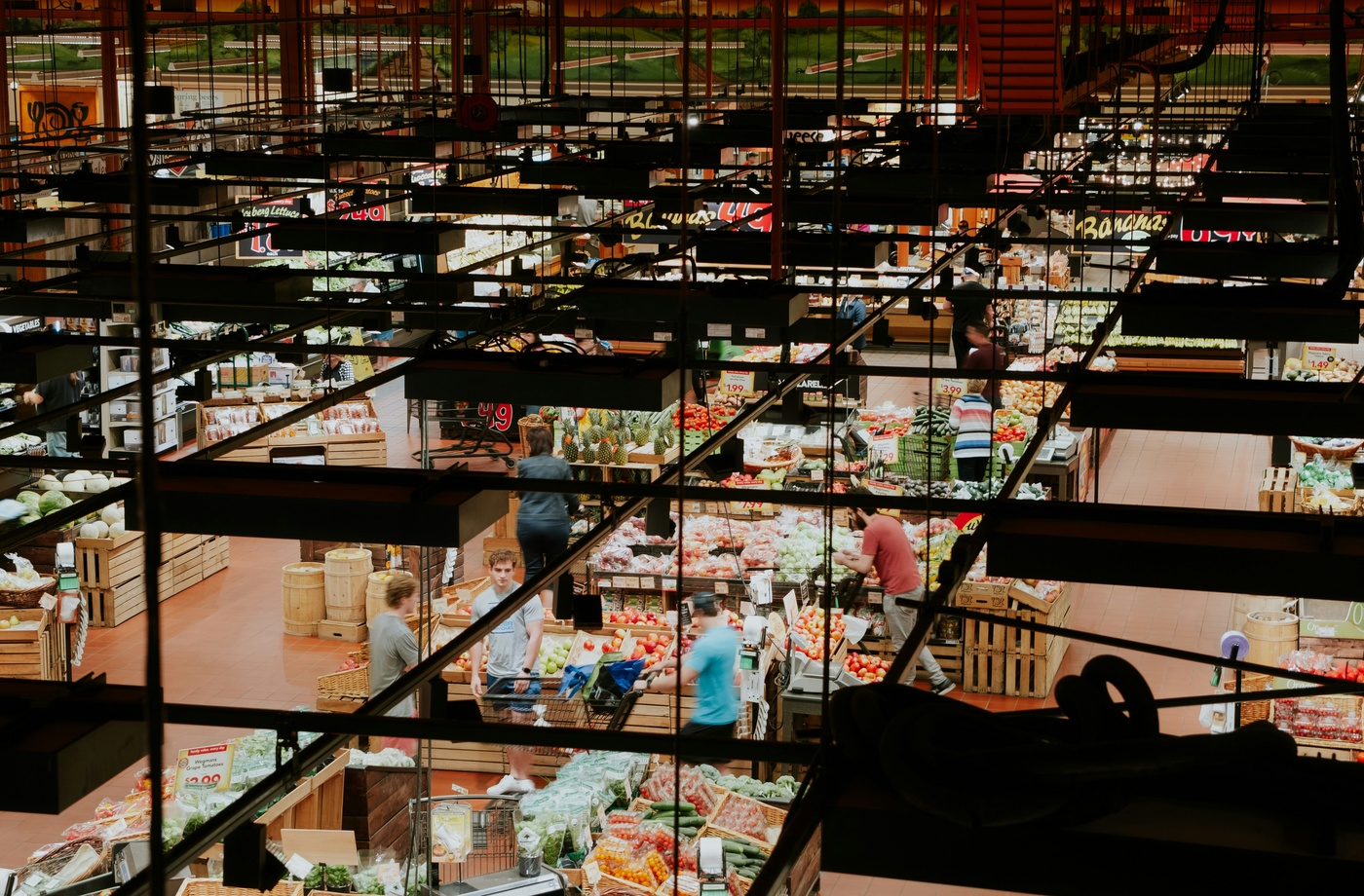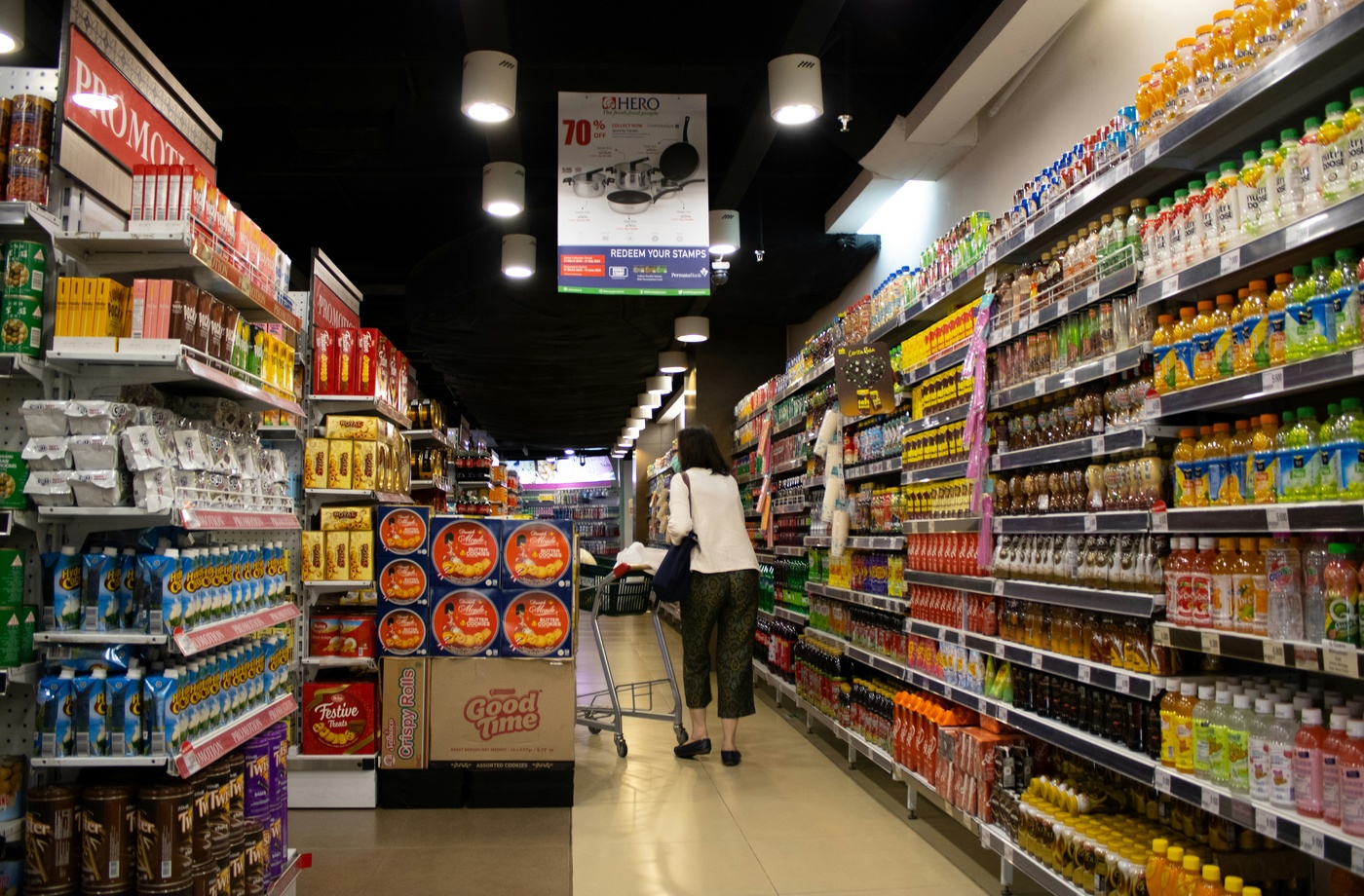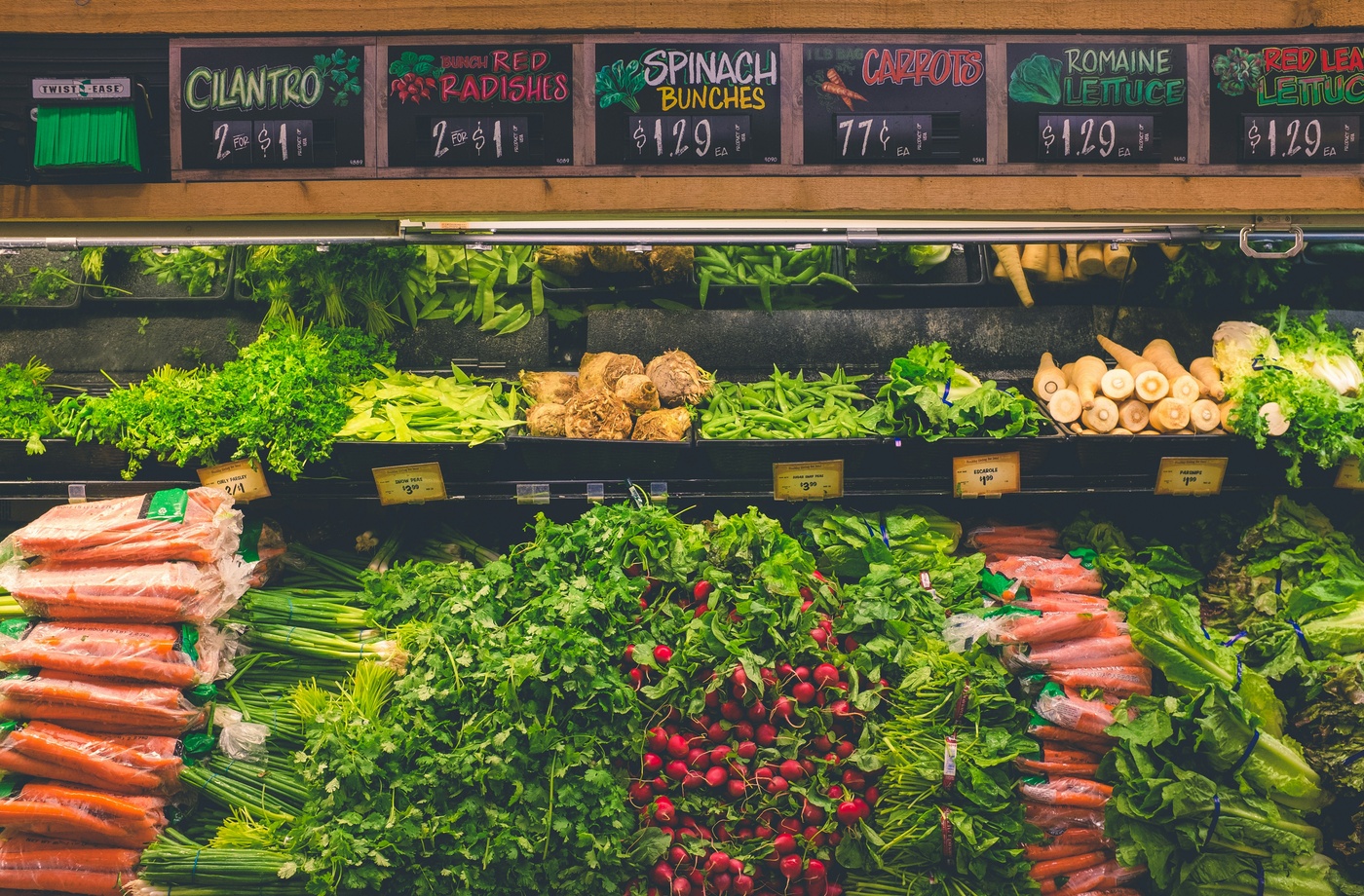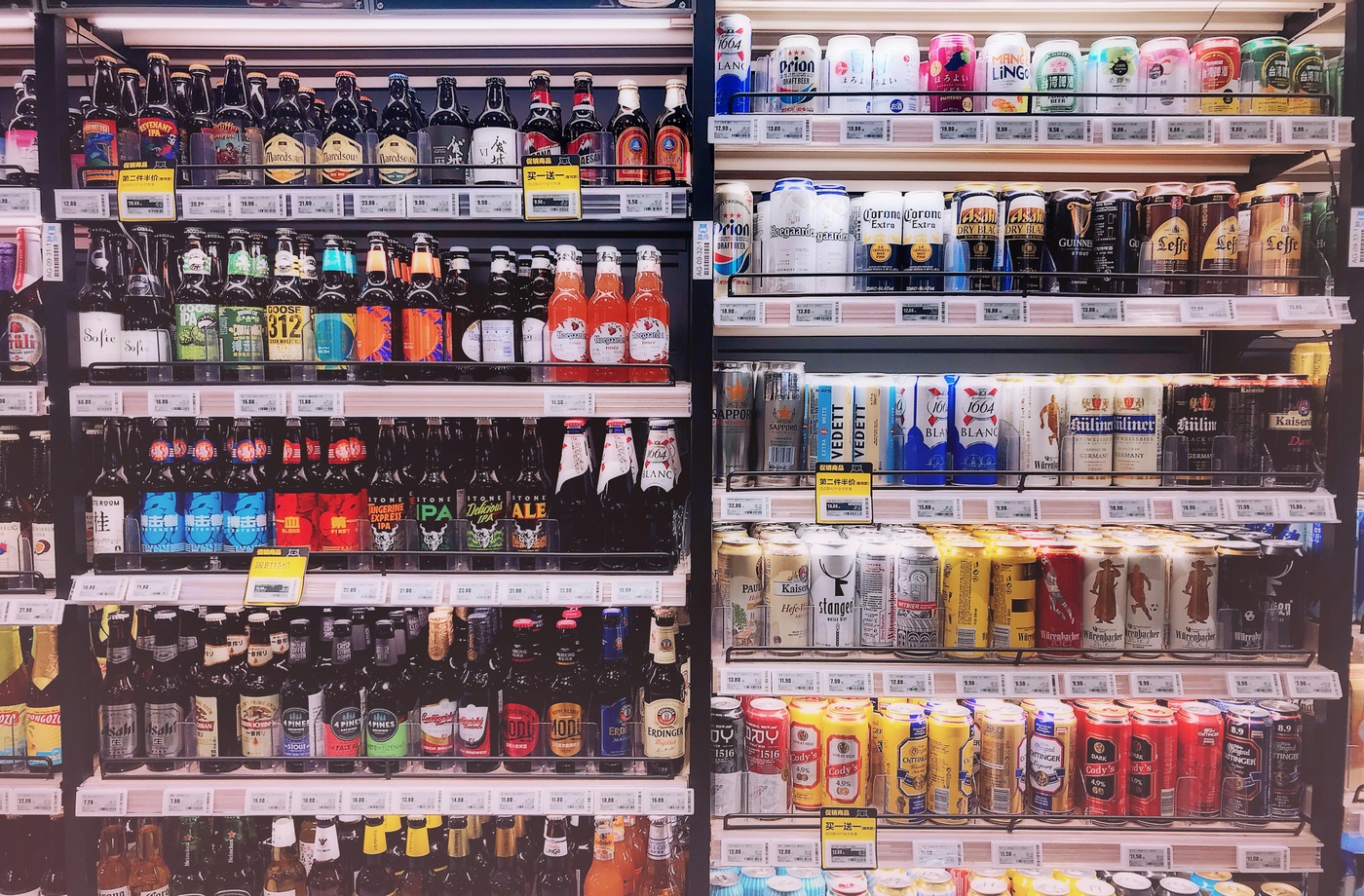Food waste isn’t just bad for the environment—it’s bad for your wallet. In fact, the average U.S. household throws away over $1,500 worth of food every year, much of it due to spoilage. Whether you’re shopping for one or feeding a full household, making your groceries last longer can help you stretch every dollar and avoid unnecessary trips back to the store.
Here are the most effective ways to extend the shelf life of your groceries and make the most of everything you buy.
- Know Where to Store Each Item
Not all produce belongs in the fridge. In fact, some fruits and vegetables spoil faster when stored improperly. A few rules of thumb:
- Store onions, garlic, and potatoes in a cool, dark pantry—never the fridge.
- Keep apples and bananas separate; both release ethylene gas that speeds ripening in other items.
- Leafy greens should be stored in airtight containers with a paper towel to absorb moisture.
For detailed shelf-life guidelines, visit StillTasty, a trusted resource for knowing how long food stays fresh.
- Use Freezer Space Wisely
Your freezer is one of the most underutilized savings tools in your kitchen. Here’s what freezes well:
- Shredded cheese, butter, bread, fresh herbs (in olive oil), berries, and meat
- Cooked grains like rice or quinoa
- Leftovers divided into single-serve portions for future meals
Label and date everything. Freezing food at peak freshness preserves flavor and prevents waste.
- Follow the First-In, First-Out Rule (FIFO)
This rule is standard in professional kitchens and works just as well at home. Organize your fridge and pantry so that older items are up front and newer ones go in the back. It ensures you’re using food in the right order and minimizes spoilage.
- Prep Your Produce Right Away
Washing, chopping, and portioning fruits and veggies when you get home from the store makes you more likely to use them. Store chopped produce in airtight containers and consider using liners to reduce moisture and extend freshness.
- Keep Your Fridge at the Right Temperature
The FDA recommends your refrigerator stay at or below 40°F (4°C) and your freezer at 0°F (-18°C). Use a fridge thermometer if needed, as built-in displays can be inaccurate. Improper temperatures are a major cause of premature food spoilage.
- Understand “Sell By” vs. “Use By” Dates
Don’t toss items prematurely. “Sell by” is for retailers, while “best by” is about peak quality—not safety. Many foods are perfectly fine days or even weeks past these dates, especially dry goods and condiments.
- Don’t Overbuy—Even on Sale
It can be tempting to stock up on sale items, but unless you know you’ll use or freeze them, they may go to waste. Pair deals with real need or storage capacity to avoid unnecessary spoilage.
- Use Gift Cards to Shop Strategically
If you’re planning a bulk grocery haul, consider stacking savings by paying with a gift card purchased through Fluz. You can earn cashback with a Kroger gift card, get rewards with a Safeway gift card, or buy a HEB gift card online with cashback and apply those savings toward shelf-stable pantry items or freezer-friendly proteins that are easy to preserve.
Conclusion: Stretch Your Food, Stretch Your Budget
Making your groceries last longer doesn’t require fancy gadgets or hours of food prep. By storing items properly, organizing strategically, and using the right tools, you can waste less and spend smarter. The result? Fewer spoiled ingredients, more meal flexibility, and a lower grocery bill over time.



